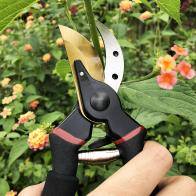13 Great Front Door and Plant Color Combos
13 Fantastic Front Door Design Ideas
4 Ways to Decorate a Door for a Kid's Room
13 Great Front Door and Plant Color Combos
13 Fantastic Front Door Design Ideas
4 Ways to Decorate a Door for a Kid's Room
13 Great Front Door and Plant Color Combos
Home Gym Pictures From HGTV Dream Home 2017 16 Photos
Check out this sliding barn door plus all the other stylish details of HGTV's Dream Home 2017.










































.jpg.rend.hgtvcom.196.196.suffix/1738870169237.jpeg)



































.jpg.rend.hgtvcom.231.174.85.suffix/1738870169237.webp)




















